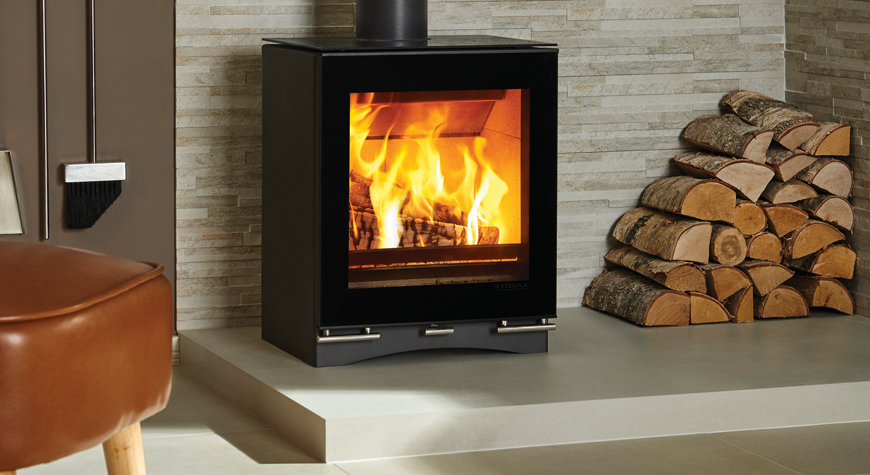With all the terminology flying around in the industry, we thought we would create a helpful guide to help those of you who aren’t quite up to date on the all jargon.
Airwash
This system is increasingly being included into many stoves as standard due to the popularity and effectiveness of it. The main purpose is to maintain the cleanliness of your stove glass, so you can enjoy a flawless view of the flames. The air is pulled down over the glass, in turn creating a barrier between the glass and the fuel. This barrier helps to prevent any of the dirty stains from the wood sticking to the glass.
Baffle Plate
The baffle plate is one of the most common spare parts that our customers buy. But if you are not a stove expect you probably have no idea what it is. This part is situated at the top of the stove and it used to deflect the flames and heat around the firebox before it exits up the flue. Doing this helps to push the heat to the front, avoiding any excess heat loss. The material or size can vary depend on make and model.
Clean burn
This system is slowly being introduced into the new stoves and is to help increase the efficiency when burning wood-based fuels. It will draw oxygen in and release directly into the flames or above ensuring all parts of the fuel is burning, creating a complete burn.
Door Glass
The door glass of a stove is the glass on the door that you view your flames through. But remember this glass cannot be replaced with normal glass. Stove glass has been treated to withstand high temperatures so therefore perfect for stoves. The size is very specific so ensure you measure or double check to avoid you purchasing the wrong sized glass.
Firebricks
These bricks are used to the line the inside of the stove which means they are susceptible to wear and tear. Depending on what make and model, the bricks are made from cast iron, clay or vermiculite.
Flue Spigot
This is a part that links the flue to the stove. More commonly known as a Flue Collar.
Hearth
The hearth is used as a base for the stove that separates the appliance from the rest of the room. The material used can vary depend on personal choice but ensure whatever you choose it can withstand high temperatures.
HETAS
This is the official organization that is recognised by the government for the installation of stoves. When choosing a fitter ensure they are HETAS registered so you can have that piece of mind that everything will comply with the relevant regulations.
Primary Air
It is in its name, Primary, first most important source of air required for combustion. The air comes from underneath the fuel and is drawn upwards ensuring all fuel burns evenly. Added benefit when burning smokeless/solid fuels, it draws cool air around the grate to prevent damages as this type of fuel burns at high enough temperatures to cause some damage.
Secondary Air
More commonly known as the Airwash system, this air is drawn from above the fuel and is more important when burning wood-based fuels.
Tertiary Air
For more recent stoves, tertiary air could be known as the Clean burn system. This air is drawn directly into the flames ensuring all remaining fuels that the primary air hasn’t caught are burning to create maximum heat.

